Graph Theory - Interactive Graph Theory Learning
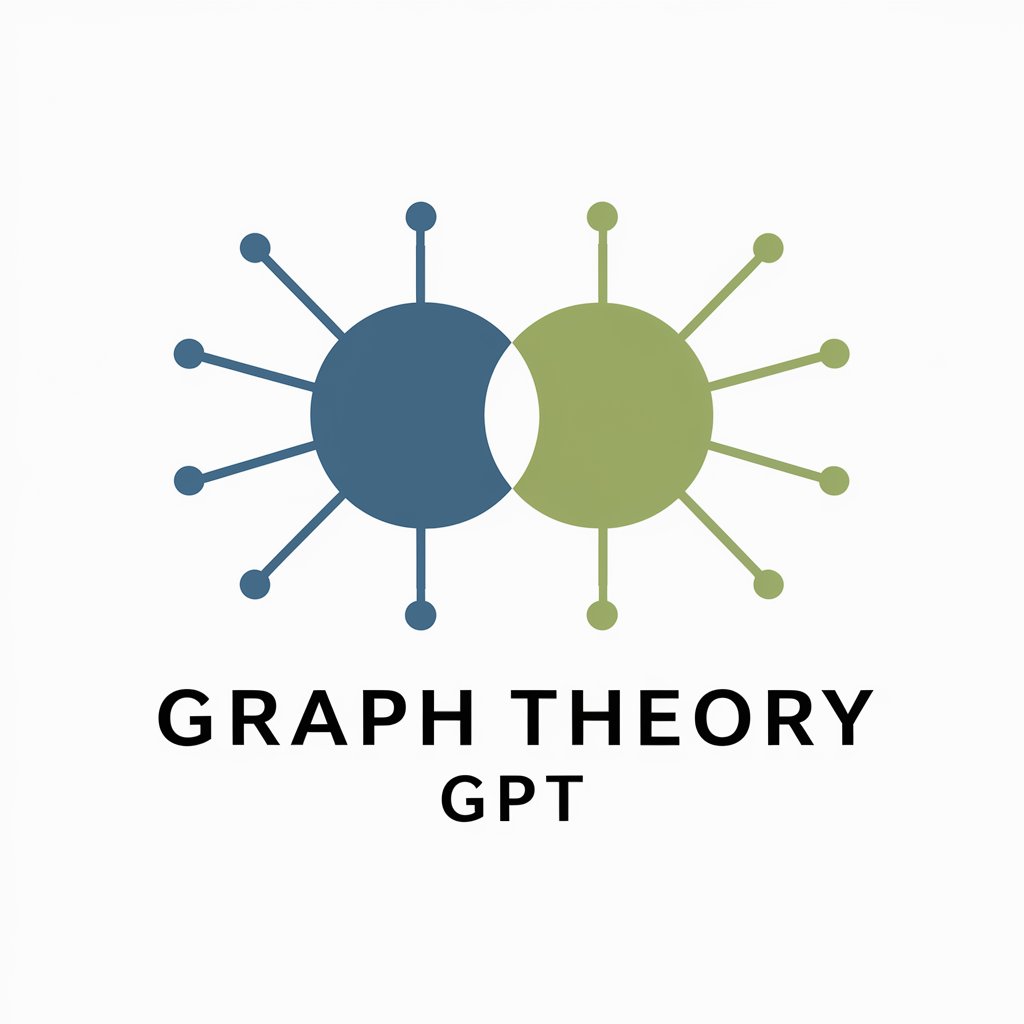
Welcome! Let's explore the world of graph theory together.
Unravel complex networks with AI
Explain how graph theory can be applied to network analysis.
What are the fundamental concepts of graph theory?
How can I use graph theory in my project?
Can you provide examples of real-world applications of graph theory?
Get Embed Code
Introduction to Graph Theory
Graph Theory is a significant area of mathematics and computer science that studies graphs, which are mathematical structures used to model pairwise relations between objects. A graph is made up of vertices (also called nodes or points) connected by edges (also called links or lines). This field is fundamental in various applications because it provides a powerful way to represent and solve problems in numerous domains. For example, in social networks, vertices can represent individuals, and edges can represent the relationships between them. In transportation networks, vertices can represent locations, and edges can represent routes that connect these locations. Powered by ChatGPT-4o。

Main Functions and Applications of Graph Theory
Path Finding
Example
Determining the shortest path in a road network to optimize GPS navigation.
Scenario
In transportation logistics, graph theory is applied to find the most efficient route between two points, reducing travel time and costs for delivery services.
Network Analysis
Example
Analyzing the structure of the internet to improve data routing efficiency.
Scenario
Telecommunications companies use graph theory to analyze and optimize the flow of data through networks, ensuring efficient communication and reducing bottlenecks.
Social Network Analysis
Example
Mapping relationships in social media platforms to identify influencers and communities.
Scenario
Marketing firms apply graph theory to understand the dynamics within social networks, targeting advertising strategies more effectively by identifying key influencers and groups.
Project Planning
Example
Using Critical Path Method (CPM) to schedule and manage project tasks.
Scenario
In project management, graph theory is used to visualize tasks and dependencies in projects, helping managers identify the most critical tasks that could affect the project timeline.
Ideal Users of Graph Theory Services
Academic Researchers
Individuals in fields such as mathematics, computer science, and engineering, who require sophisticated tools and methodologies to conduct research on network models, algorithms, and graph-based problem solving.
Software Engineers
Professionals developing applications that involve networked systems, such as social networks, transportation routing, and data structures, who benefit from graph algorithms for efficiency and optimization.
Data Analysts and Scientists
Experts who analyze complex datasets to extract meaningful insights and patterns, particularly in social network analysis, bioinformatics, and market research, using graph theory for visualization and analysis.
Project Managers
Individuals overseeing projects that require careful planning and scheduling, leveraging graph theory to identify critical paths and task dependencies to ensure timely project completion.

Guidelines for Utilizing Graph Theory
Initiate Learning
Start your graph theory journey by visiting yeschat.ai for a seamless, no-login, free trial experience. This initial step requires no ChatGPT Plus subscription.
Understand Basics
Grasp the fundamental concepts of graph theory such as vertices, edges, paths, and cycles. Familiarize yourself with types of graphs like directed, undirected, weighted, and unweighted.
Apply Concepts
Implement graph theory in practical scenarios like social networks analysis, routing algorithms, and optimization problems. Use relevant software or programming languages to model and solve graph-based problems.
Analyze and Interpret
Examine the results of your graph-based solutions critically. Learn to interpret the data structures, understand the computational complexity, and evaluate the efficiency of your approach.
Explore Further
Dive deeper into advanced topics and applications of graph theory. Engage with academic papers, online courses, and community discussions to expand your understanding and application skills.
Try other advanced and practical GPTs
Algebraic Number Theory GPT
Empowering Algebraic Insights with AI
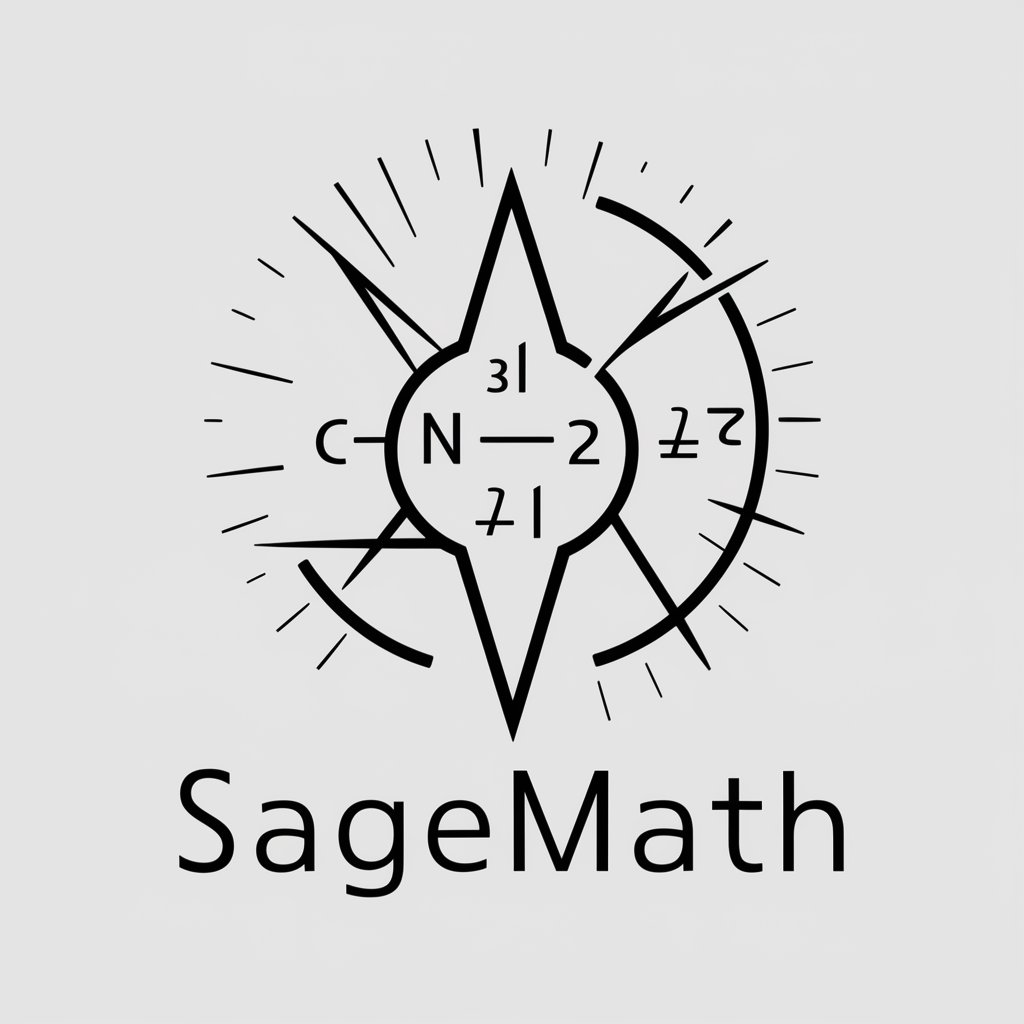
Game Theory
Strategize with AI-Powered Game Theory
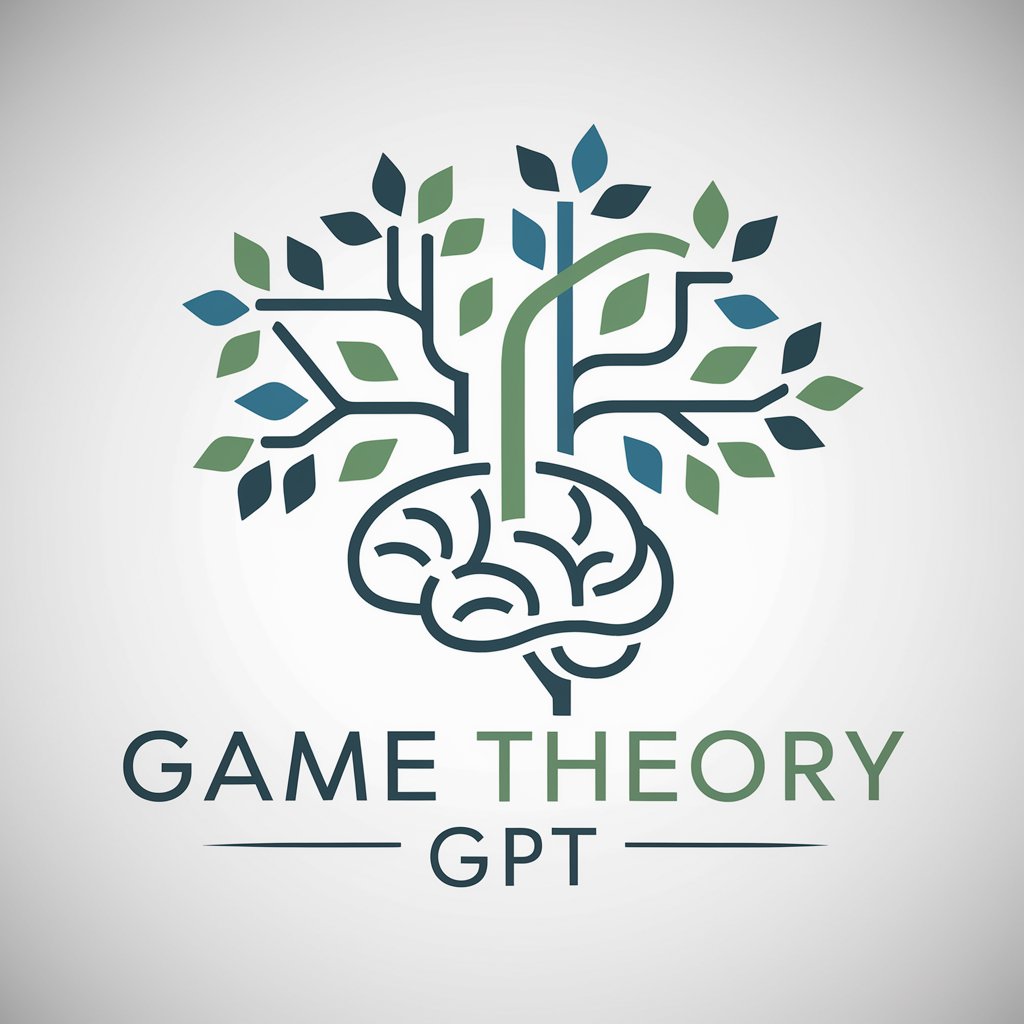
Communication Theory Tutor
Empowering Communication Mastery with AI
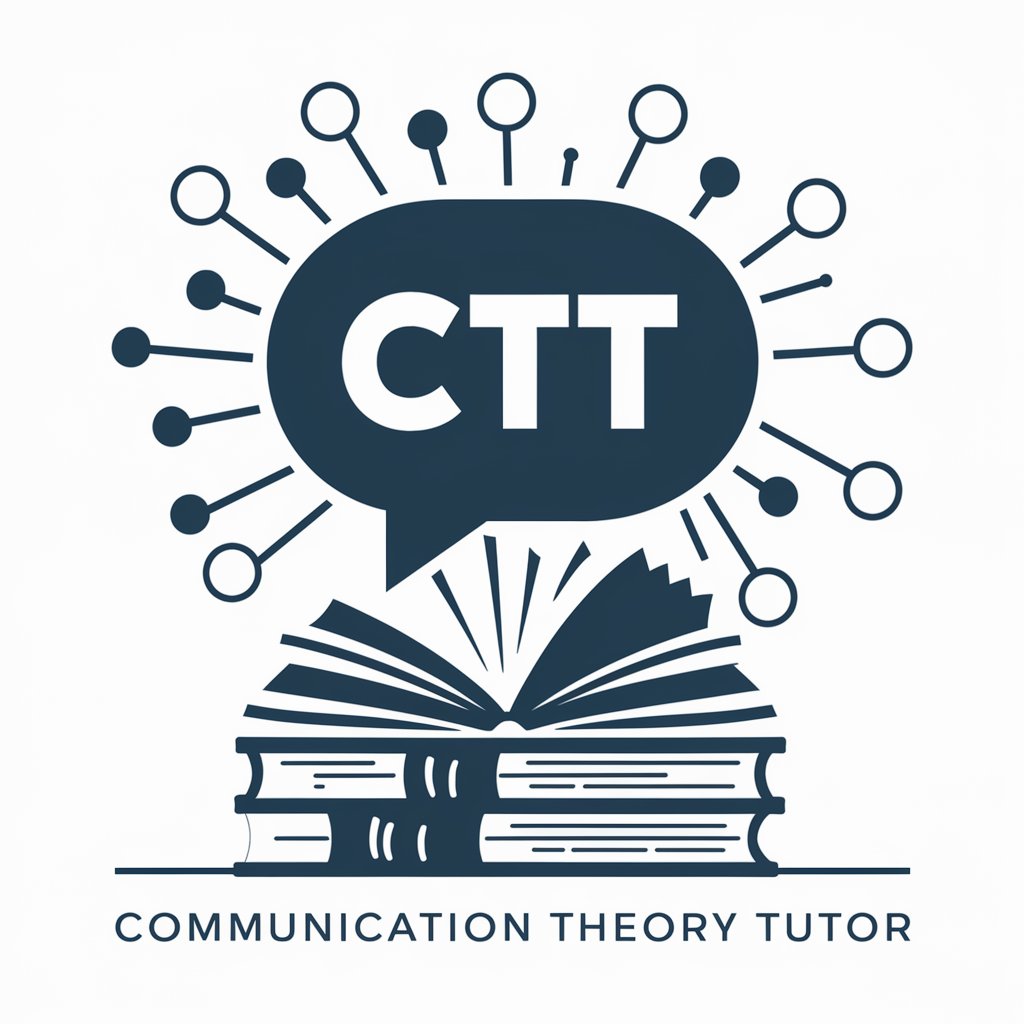
Romance Novel Crafter
Crafting Deeply Romantic Narratives with AI

git hivemind
Automate Git with AI on iOS
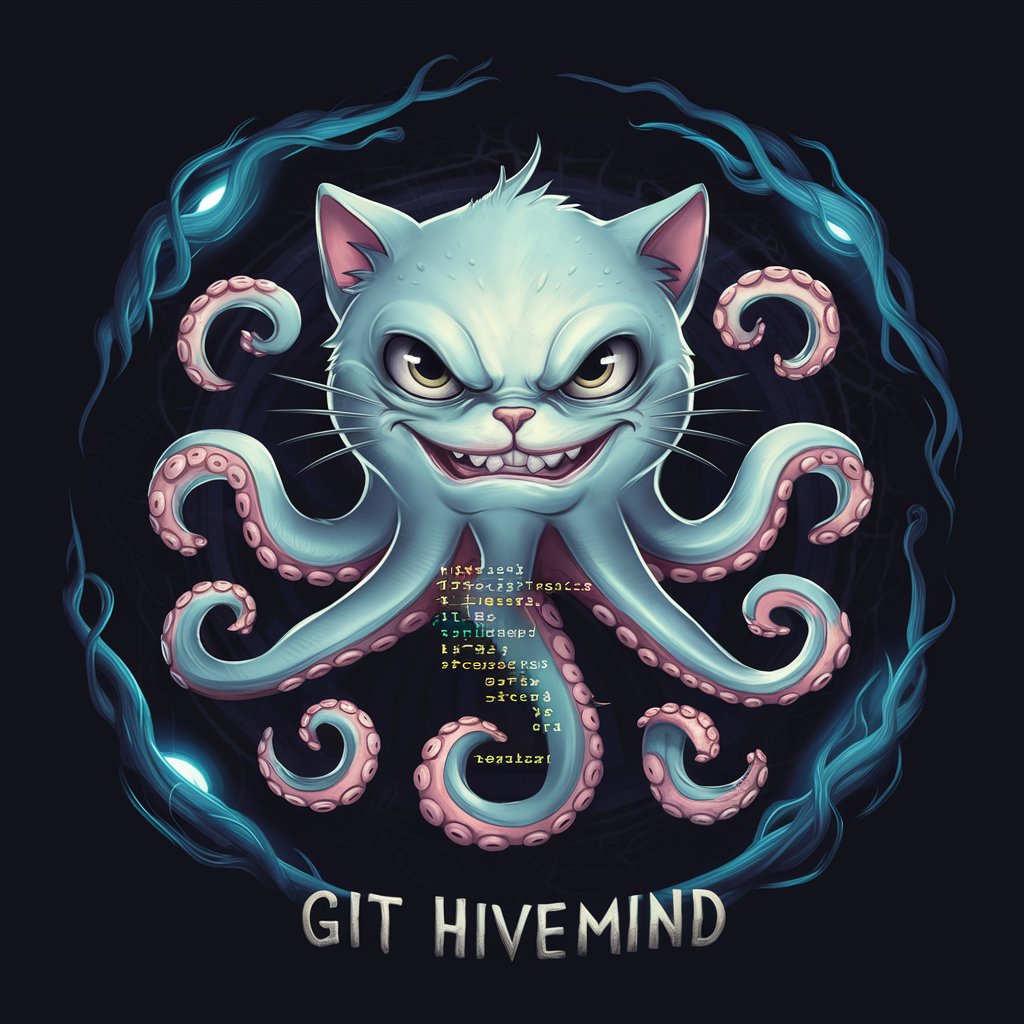
Steamy Stories Generator
Create personalized stories with AI.

Theory of Computation
Decoding complexity with AI-powered analysis
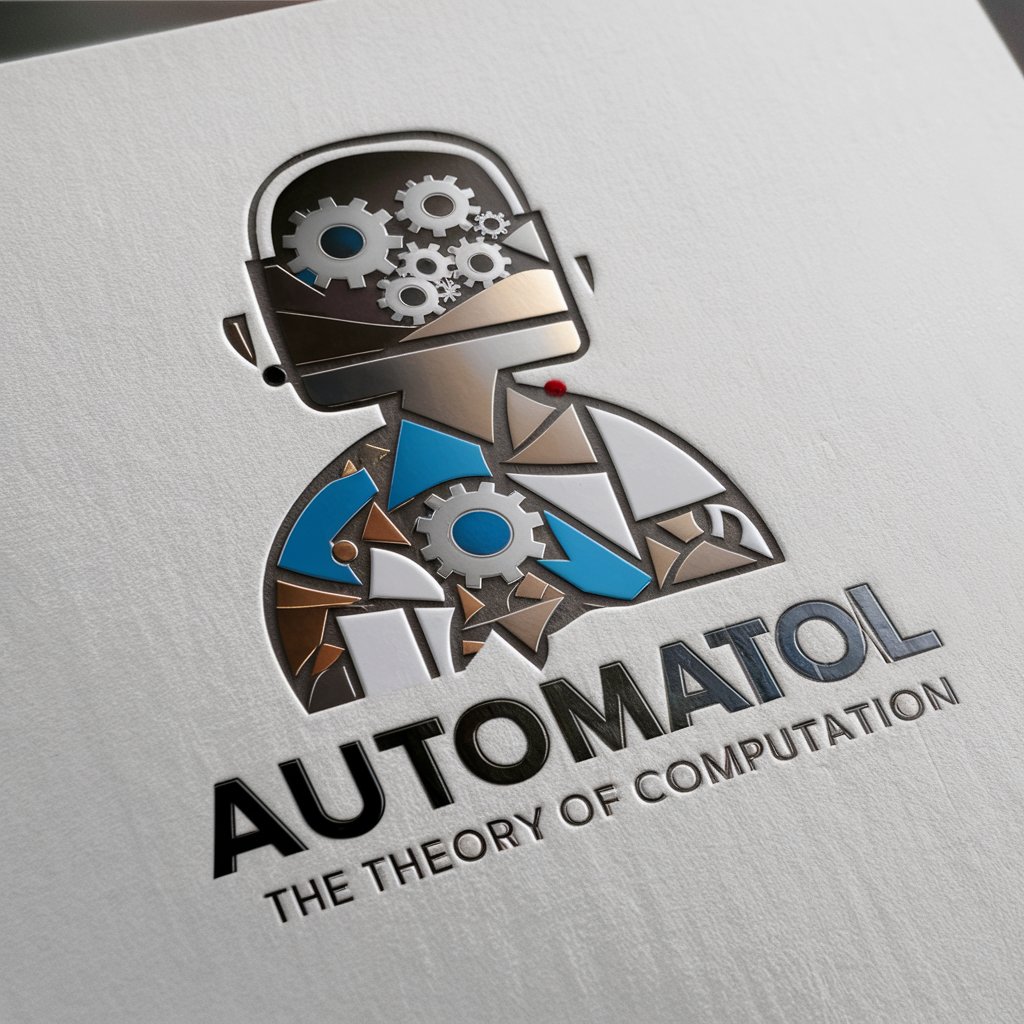
Music Theory
Unlocking Music's Secrets with AI
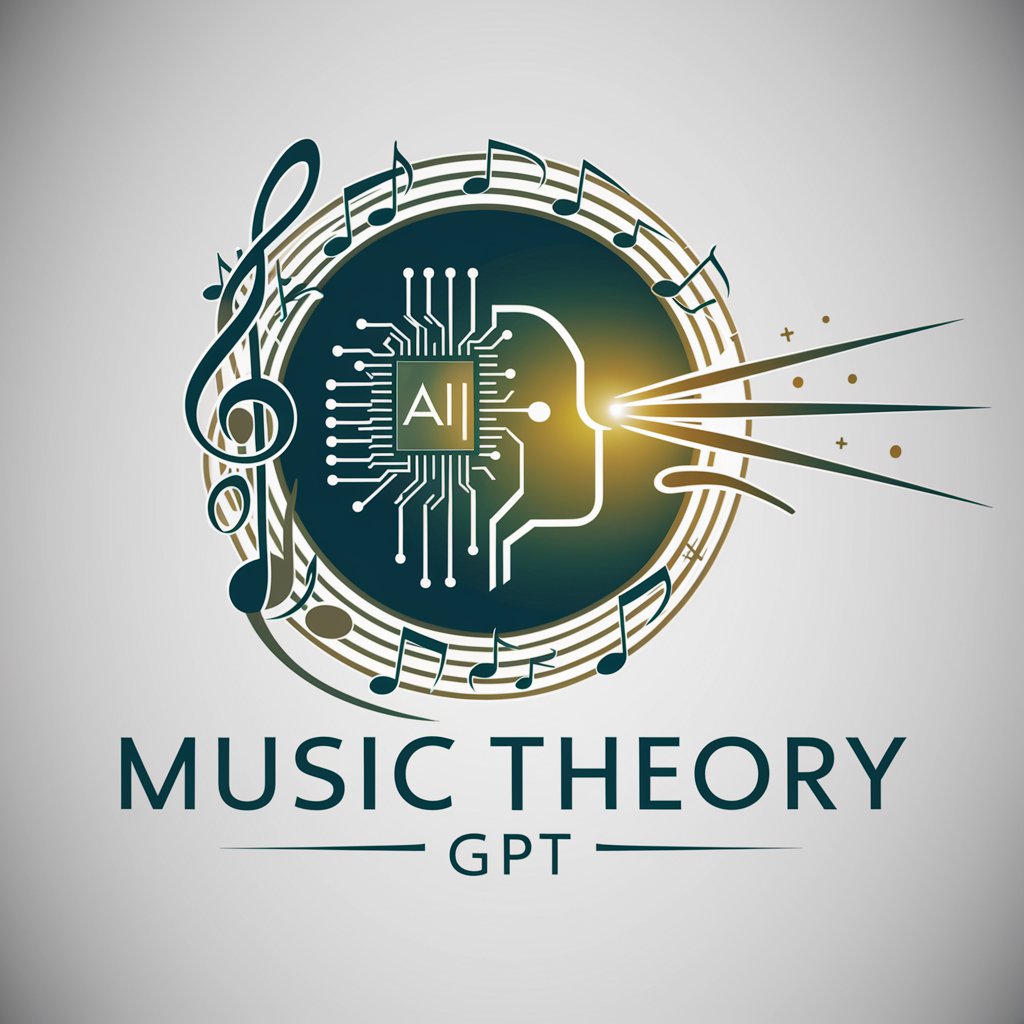
Item Maker
Craft Your Magic with AI
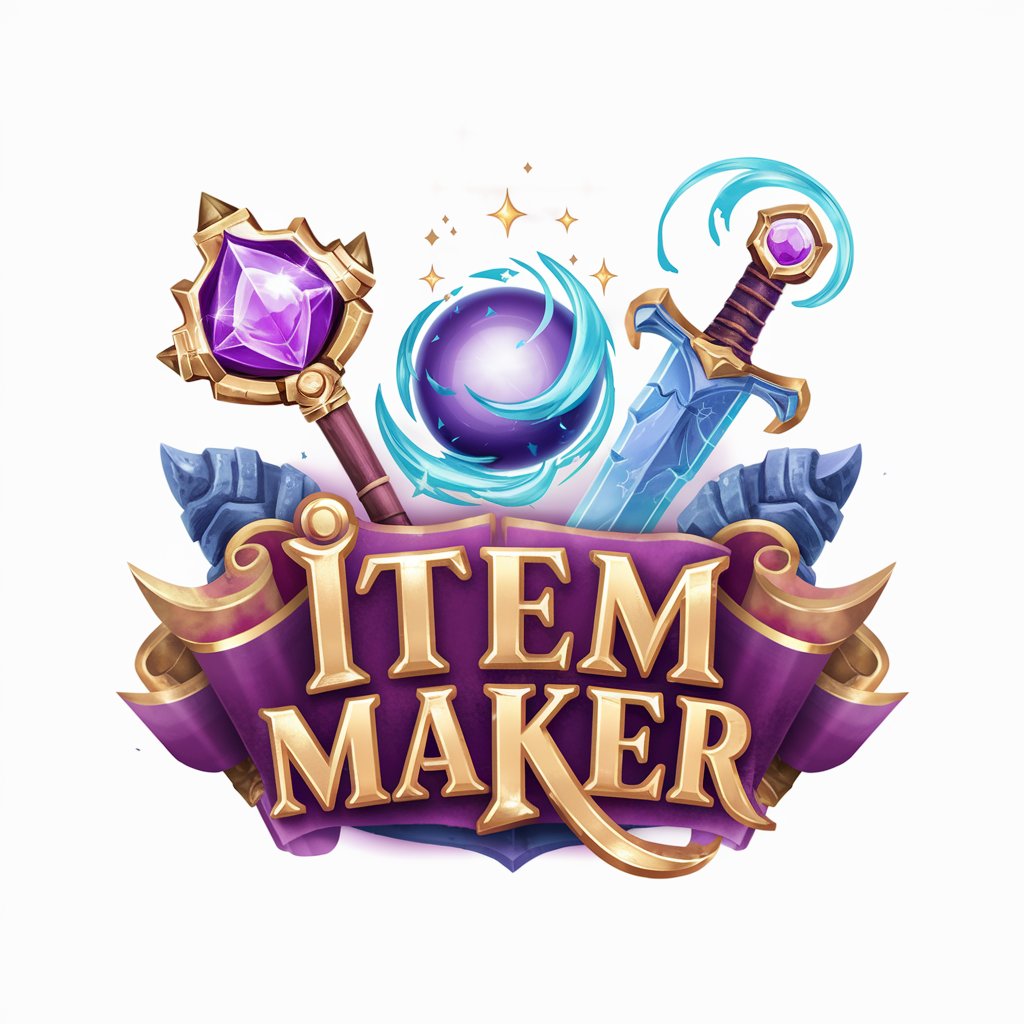
Heart Item Style by Prompt Snapshot
Craft unique heart shapes with AI

DnD Magic Item Generator
Crafting Your Adventure with AI
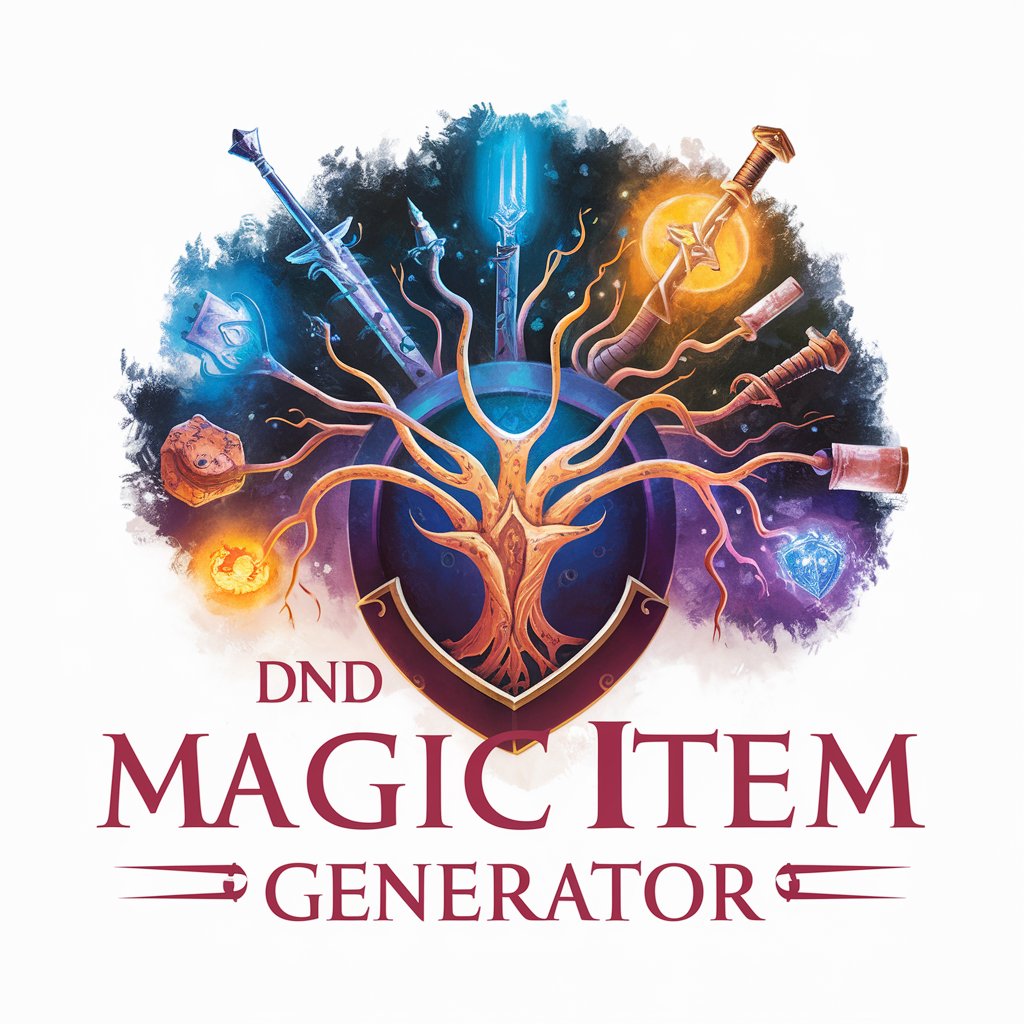
Academic Aide
Empowering Your Academic Journey with AI

Frequently Asked Questions about Graph Theory
What is Graph Theory?
Graph Theory is a field of mathematics and computer science focusing on the properties and applications of graphs to model relationships, network flows, and structures in various domains.
How can I model a network using Graph Theory?
To model a network, represent each entity as a vertex and the connection between entities as edges. Depending on the network, you may use directed or undirected edges, and assign weights to represent characteristics like distance or capacity.
What are some common algorithms in Graph Theory?
Common graph theory algorithms include Dijkstra's for shortest paths, Kruskal's and Prim's for minimum spanning trees, and algorithms for network flow like the Ford-Fulkerson method.
How does Graph Theory apply to social networks?
In social networks, individuals are represented as vertices and their relationships as edges. Graph theory helps analyze network dynamics, identify influential individuals, and understand community structures.
Can Graph Theory help in route optimization?
Yes, graph theory is pivotal in route optimization. Algorithms like Dijkstra's and the Bellman-Ford help find the shortest paths between nodes, optimizing routes for logistics, travel, and networking data.
